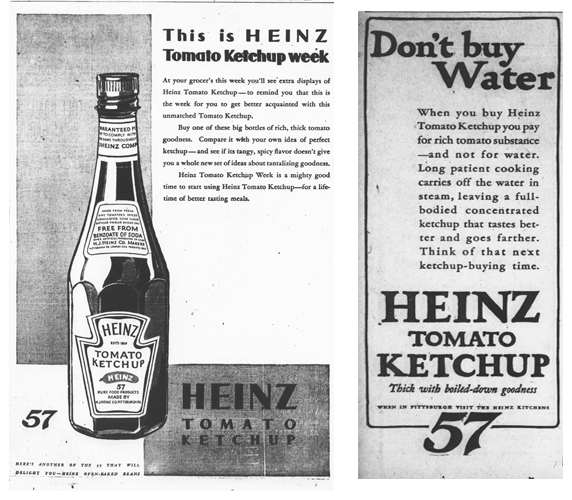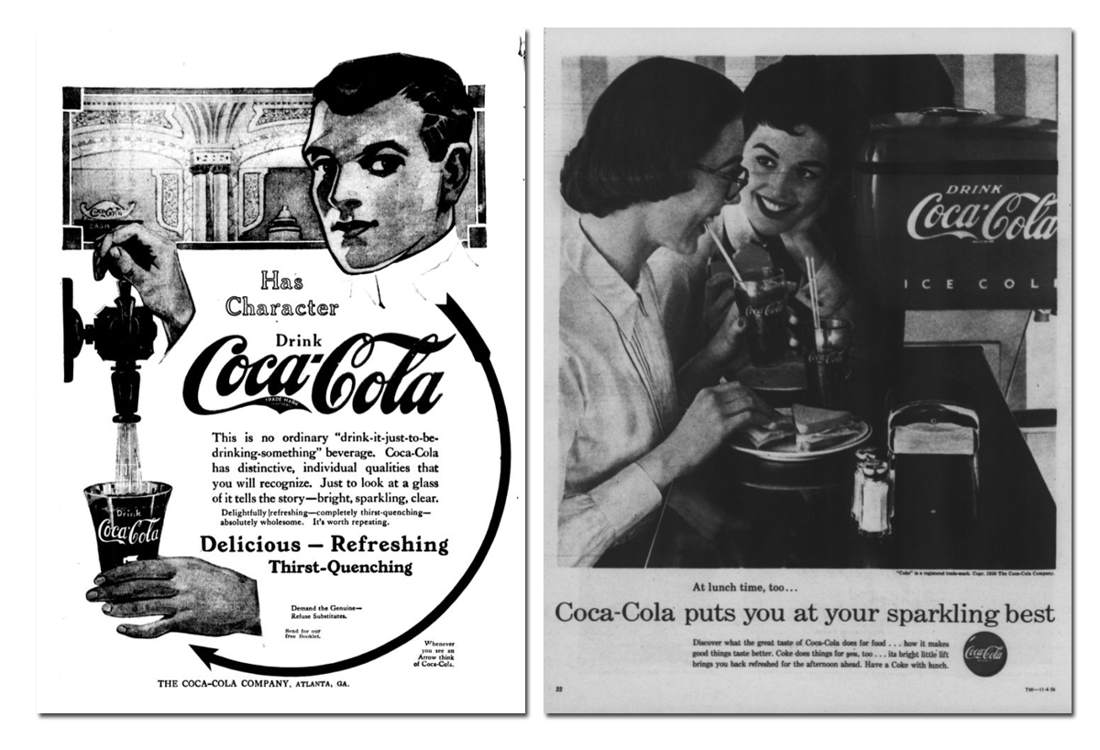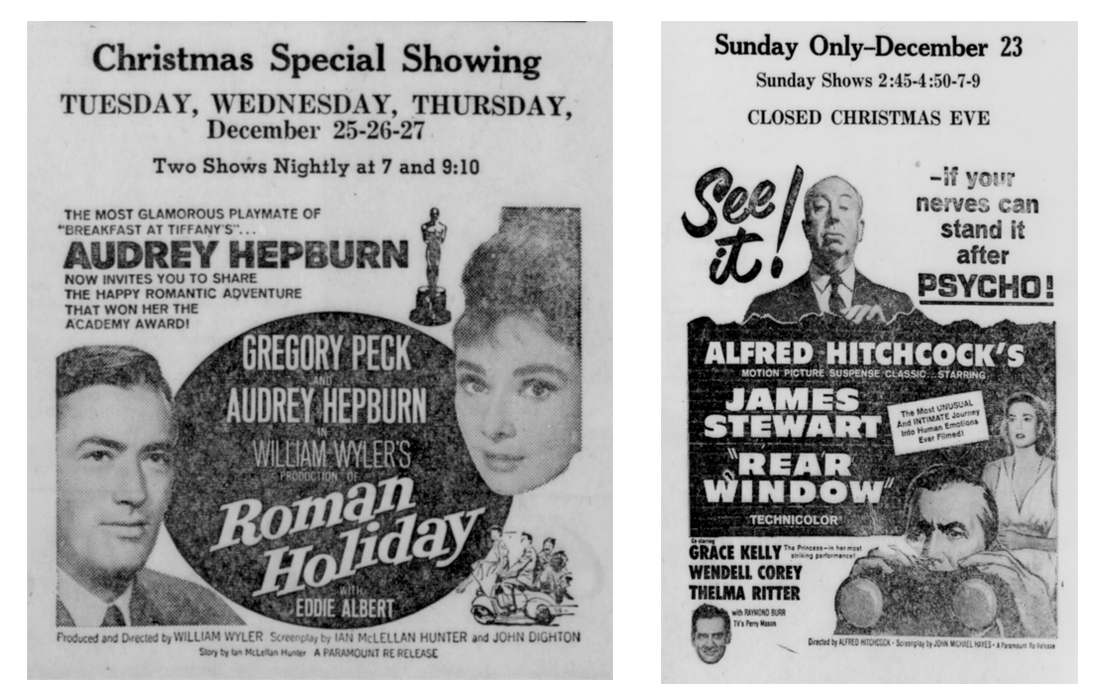Vintage advertising
While browsing through scanned old newspapers, one can't help but think about the consistency of marketing techniques and the nature of human behavior. Various discounts, 'grab it on sale,' 'lose weight effortlessly'—these didn't arise yesterday, nor during the golden age of television in the 80s and 90s. Moreover, it's quite amusing to see present-day brands presented in vintage form—it turns out they were already around back then.
For example, 'The Washington Times' from February 11, 1930, announces a week of enhanced promotion and advertising in stores. Meanwhile, the pre-Christmas issue of 'The Washington Times' from December 24, 1925, persuades readers that ketchup is exceptionally undiluted. It's all so familiar and seems as old as time itself.

Sometimes, through advertisements, we can witness the progression of history. The 1920s marked the dawn of mass automobile production in the USA, largely driven by the activities of the 'Ford' automotive concern. In a newspaper ad from 1920, there is a direct explanation of what 'closed cars' are and how well they perform in winter and rain. Yes, at that time, such things needed clarification. And of course, the timeless call to action, 'Place your order today,'.

At the same time, the familiar shelves on refrigerator doors were considered exclusive by 1940 standards. Initially, only one company dared to implement this idea in production—none other than Crosley, making it truly exclusive. It is said that the idea's author was offered to receive 25 cents for each sold refrigerator, but he insisted on a one-time fee of $15,000 for the patent, which was eventually bought for that amount.

As for Coca Cola advertisements, they always have a cozy atmosphere, but there is a characteristic feature. While early 20th-century ads predominantly featured illustrated characters, mid-century ads often showcased photographs of satisfied consumers of the beverage. This observation, of course, applies not only to Coca Cola advertisements.
On the left: 1913; On the right: 1956.;

Although in some cases, these photographs of people appear quite eerie. Perhaps it's due to the printing quality, as they end up being something between an illustration and a clear photograph..

But it's also about art. Premiere and repeat-show posters make us remember beloved cinematic classics. And even back then, the 'Oscar' was already a mark of quality. In general, when looking at movie posters from those years, you notice that premieres usually didn't have standardized uniform posters. Nowadays, typically one film corresponds to one standard poster, and in some cases, there might be two or three. In the 1940s, 1950s, and 1960s, a single film could be promoted with a large number of posters of different designs, fonts, and descriptions.

